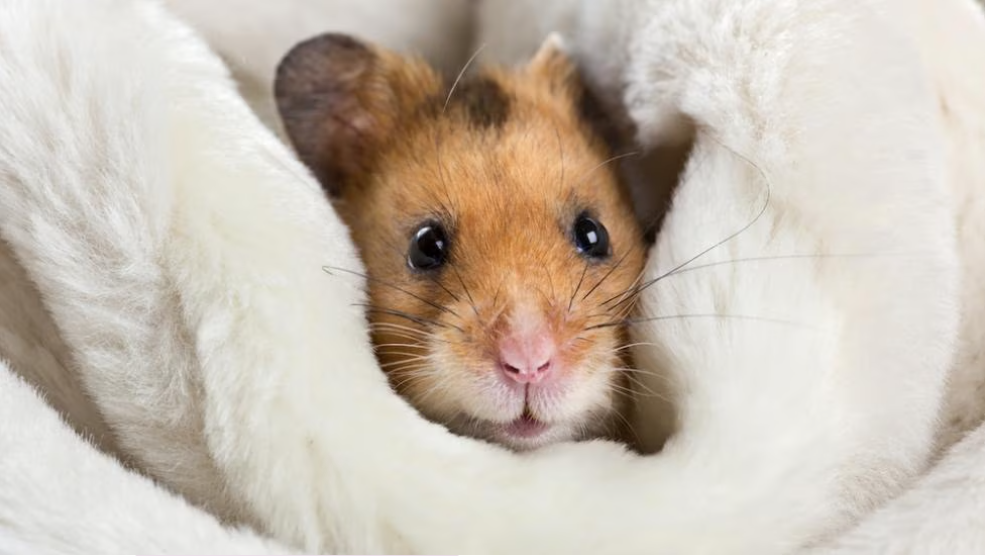News

COVID-19 Infected Hamsters Show Lower Locomotor Activity
It has been well established that Syrian golden hamster (Mesocriceptus auratus) is a good animal model for COVID-19 studies due to their susceptibility and that they elicit similar viral replication, disease progression and pathological manifestations as is seen in human COVID-19 pneumonia. Today the Syrian golden hamster is considered one of the most reliable COVID-19 animal models. In a recent study, scientists looked at behavioural changes as well using activity in comparison with body temperature and daily energy expenditure. The results are food for thought and require further exploration using activity in COVID-19 research.
Locomotor activity measured every 10 minutes
Scientists from Friedrich-Loeffler Institute (FLI) and University of Aberdeen implanted six hamsters with either Star-Oddi’s DST nano-T, DST micro-HRT or DST micro-ACT. All data loggers were set to record body temperature. The activity loggers were set to measure activity every 10 minutes.
Decreased locomotor activity measured in infected hamsters
By day two post-infection the average externa acceleration was noted, and it lasted until seven days post-infection. This correlated with lower body temperature of the infected hamsters seen by day two post-infection and remaining low throughout the experiment. This in turn correlates with lower daily energy expenditure and lower water intake compared to the control group. Fig. 4 from the article shows changes in average external acceleration of in blue (non-infected) and red (infected).

Pre-hibernation stage suspected in COVID-19 infected hamsters
Hamsters can go into hibernation, however, hypothermia and hibernation have distinct causal features. In this case it could be concluded that the hamsters go into pre-hibernation state with lowering of body temperature and body mass without adverse effect due to their hibernation ability.
Further results can be found in the paper published in Nature Scientific Reports and can be found here.